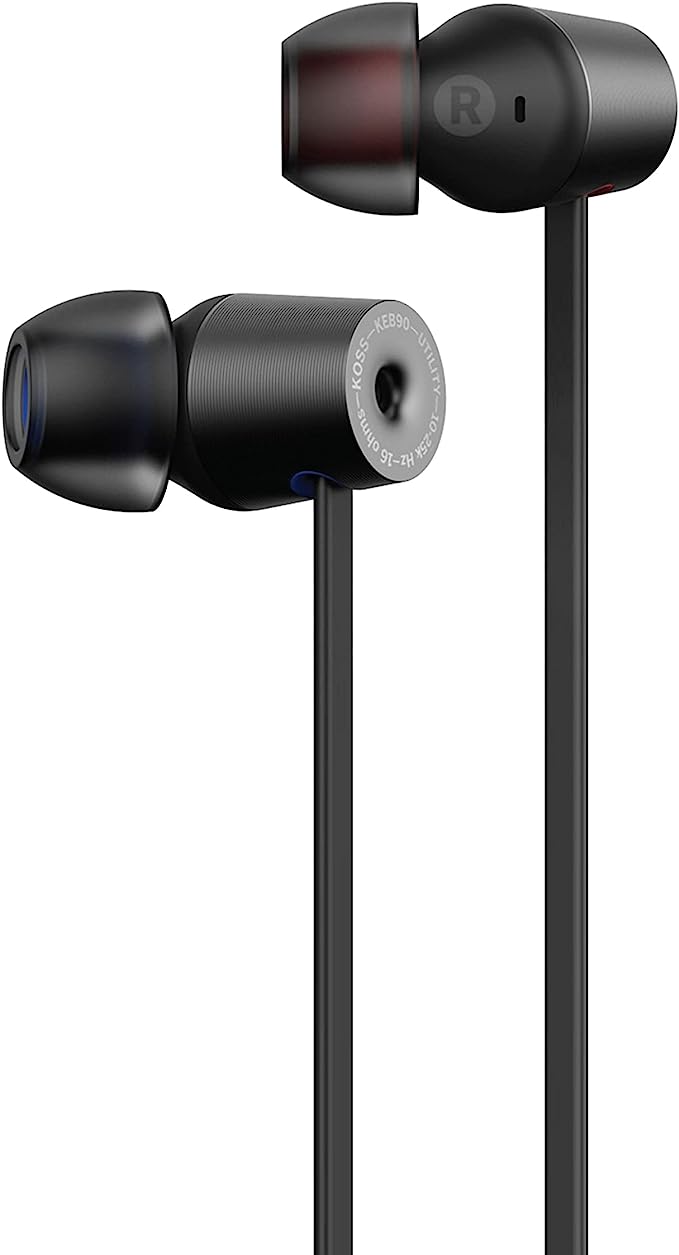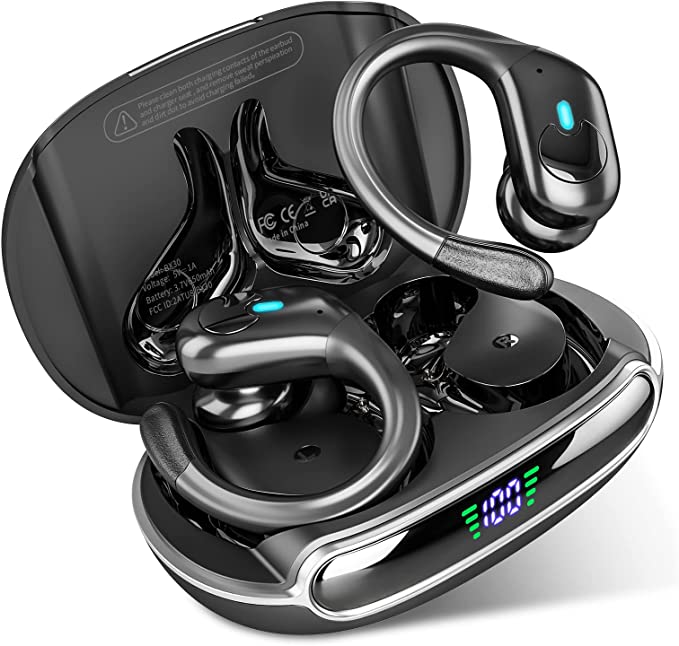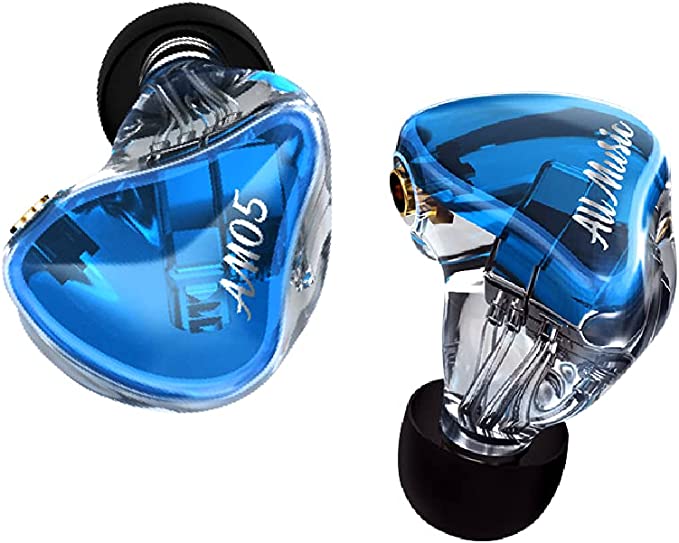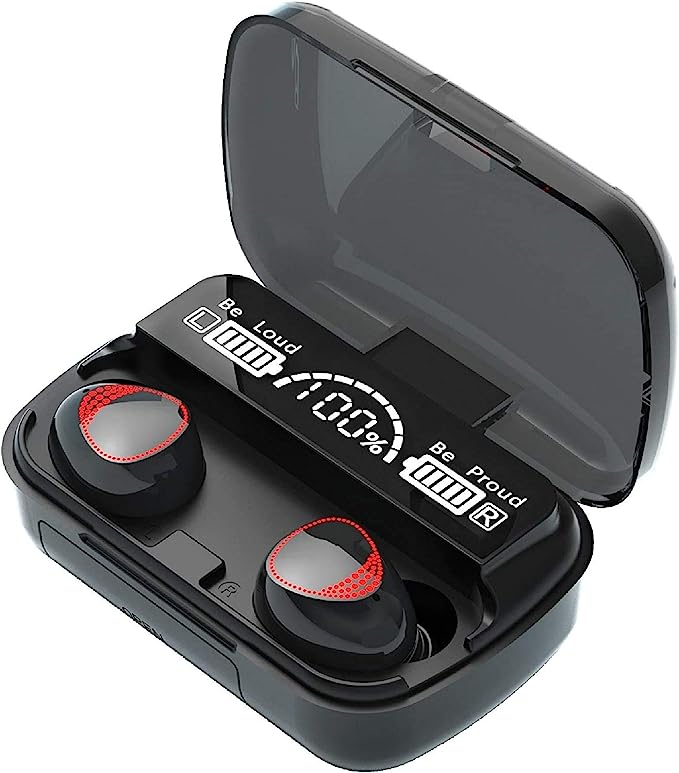Kuryakyn 2720 MTX Road Thunder Sound Bar Plus: Uncompromising Audio for the Open Road
Update on Sept. 23, 2025, 3:35 p.m.
There’s a unique sense of freedom that only exists on two wheels. It’s the visceral connection to the road, the panoramic view unobstructed by pillars and glass, the feeling of carving through the landscape itself. It’s a symphony of sensations. Yet, in this symphony, a simple pleasure often becomes an impossible luxury: listening to your favorite song.
It’s a frustration every rider knows. You mount a speaker, pair your phone, and pull out onto the open road. At city speeds, it’s fine. But as you accelerate, the music begins to fray, then shred, until it’s devoured by an invisible monster. Your meticulously curated playlist is reduced to a tinny, unrecognizable hiss, completely overpowered by the roar of the wind and the thrum of the engine.
This isn’t a failure of your speaker’s volume knob. It’s a head-on collision with the brutal laws of physics. Creating clear, powerful audio on a motorcycle isn’t just an engineering challenge; it’s a scientific war waged on a battlefield of extreme acoustics. And understanding this war reveals a fascinating story of how human ingenuity uses fundamental principles to carve out a pocket of sonic clarity in the heart of chaos.

The Sonic Battlefield: Why the Open Road is Hostile Territory for Sound
Unlike the carefully designed acoustics of a concert hall or even the enclosed cabin of a car, a motorcycle operates in an open-air environment that is actively hostile to sound. Engineers face a trifecta of adversaries that must be understood before they can be defeated.
The Invisible Wall of Wind
The most relentless foe is wind noise. It’s not just a gentle whoosh; it’s a chaotic, energy-sapping force. As you slice through the air, your body and bike create turbulence, generating a broad spectrum of noise. The intensity of this noise doesn’t increase linearly; it grows exponentially with speed.
At highway speeds of around 70 mph (112 km/h), the sound pressure level (SPL) inside a rider’s helmet can easily exceed 100 decibels (dB). To put that into perspective, the decibel scale is logarithmic. A 10 dB increase represents a tenfold increase in sound energy. According to safety standards from institutions like the U.S. National Institute for Occupational Safety and Health (NIOSH), sustained exposure to noise above 85 dB can cause permanent hearing damage. Your music isn’t just competing with noise; it’s fighting a force that is, by definition, dangerously loud.
The Psychoacoustic Heist: The Masking Effect
The second adversary is more insidious. It’s a psychoacoustic phenomenon called the Acoustic Masking Effect. Our brains have a finite capacity for processing auditory information. When two sounds occur simultaneously, a louder sound can render a quieter sound completely inaudible, even if the quieter sound would be perfectly clear on its own.
This is why you can’t hear someone whisper to you at a rock concert. The low-frequency, high-energy roar of a motorcycle engine and the white noise of the wind are incredibly effective at masking the mid and high-frequency details of music—the very frequencies that contain the vocals, a guitar solo, or the snap of a snare drum. The engine isn’t just loud; it’s actively stealing the soul of your music by overwhelming your brain’s ability to perceive it.

The Great Escape: Sound in Open Air
Finally, in an open space, sound waves dissipate according to the inverse square law. Every time you double the distance from a sound source, the energy spread over a given area drops to one-quarter of its previous level. Your speaker is fighting to project sound into an infinitely large room, with most of its energy simply vanishing into the landscape.
Faced with this three-headed monster—dangerous wind noise, perceptual theft by the engine, and the rapid decay of sound in open air—brute force isn’t enough. Simply making a speaker “louder” often results in a distorted, painful shriek that only adds to the cacophony. The solution must be smarter. It must be an exercise in engineering finesse.
The Engineer’s Arsenal: Forging Clarity in the Storm
To win this war, engineers deploy a multi-pronged strategy, leveraging principles from materials science, electronics, and applied physics. A device like the Kuryakyn 2720 MTX Road Thunder Sound Bar Plus serves as a perfect case study, embodying the physical solutions required to survive and thrive on this battlefield.

The Battle of Power and Precision
To cut through the sonic wall, you need power, but it has to be the right kind of power. This is where we see the difference between Peak Power and RMS Power. The advertised 300-watt peak power of a system like the 2720 represents the amplifier’s ability to deliver instantaneous bursts of energy for dynamic peaks in the music. This is crucial for preventing the sound from “clipping” or distorting when a heavy bass note hits.
But the more meaningful number for sustained listening is the RMS (Root Mean Square) power, which in this case is a 4 x 19W amplifier. This indicates four separate channels of clean, continuous power. Why four? Because the system doesn’t rely on one type of speaker. It uses a combination of two 2” x 3” full-range drivers for the main body of the music and four 1” high-frequency tweeters. This bi-amplified approach is a classic audiophile strategy. The tweeters, specifically designed for high frequencies, can reproduce the crisp details that are most easily masked by wind noise. By dedicating specific power channels to them, the sound remains layered and intelligible, not a muddy mess.
The Magnetic Heart of the Sound
This precision is made possible by one of modern technology’s unsung heroes: the neodymium magnet. Inside every speaker driver is a magnet that interacts with a coil of wire (the voice coil) to move a diaphragm and create sound waves. For decades, speakers used large, heavy ferrite magnets. The Kuryakyn’s tweeters, however, utilize N42 grade neodymium magnets.
Discovered in the 1980s, these rare-earth magnets are the strongest type of permanent magnet commercially available. For a given size, a neodymium magnet can produce a vastly more powerful and concentrated magnetic field than a ferrite one. This allows for the construction of speaker drivers that are smaller, lighter, and far more efficient, converting more electrical energy into sound with less waste heat. This “power density” is what allows a compact, handlebar-mounted unit to produce sound with the authority and clarity needed to be heard at speed.
The Science of Survival: Material Resilience
Of course, a powerful, precise audio system is useless if it’s destroyed by its first encounter with a rainstorm. The environment of a motorcycle isn’t just acoustically hostile; it’s physically brutal. It’s an onslaught of vibration, water, dust, and temperature extremes.
This is where internationally recognized standards become critical. The 2720’s chassis is rated at IP66. This isn’t a proprietary marketing term; it’s a specific, verifiable standard from the International Electrotechnical Commission (IEC). The first ‘6’ signifies it is completely sealed against dust ingress. The second ‘6’ means it can withstand powerful jets of water from any direction. This level of resilience ensures that riding through a downpour or giving your bike a thorough wash won’t compromise the sensitive electronics within. The durable aluminum housing also acts as a heat sink, passively dissipating the heat generated by the internal amplifier, ensuring stability during long, hot rides.

The Art of the Real-World Compromise
Even with this arsenal of engineering solutions, physics imposes certain limitations. One of them is the reproduction of deep bass. The powerful, chest-thumping bass you feel from a large home subwoofer is a product of moving a large volume of air, which requires a large speaker cone (diaphragm) and a large enclosure.
A compact, handlebar-mounted soundbar, by its very nature, cannot replicate this. While its full-range drivers are engineered to provide a punchy and satisfying low-end, it’s a deliberate trade-off. The design prioritizes vocal clarity, high-frequency detail, and physical resilience over sub-sonic frequencies that would be largely masked by engine rumble anyway. It’s a perfect example of engineering as the art of the possible—focusing resources on what is most effective and perceptible in the target environment.
The Symphony, Reclaimed
The battle for clear audio on the open road is a microcosm of the human endeavor to use science to enhance experience. It’s a story that begins with a fundamental problem—the chaotic physics of sound in motion—and ends with a sophisticated, multi-layered solution.
It’s about understanding that the roar of the wind is a measurable force in decibels, and that the brain’s perception of sound is a hijackable process. It’s about leveraging the quantum properties of rare-earth magnets and adhering to global standards for resilience. By orchestrating these principles, engineers can transform a hostile acoustic environment into a personal concert hall, finally allowing the symphony of the ride and the symphony of your music to play in harmony. The freedom of the open road, it turns out, sounds even better with a soundtrack.





























